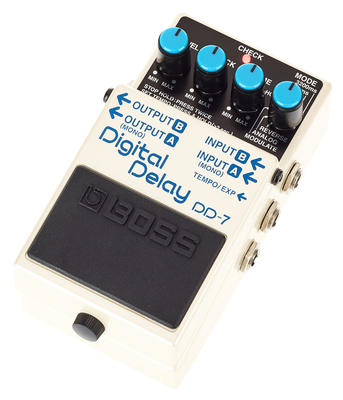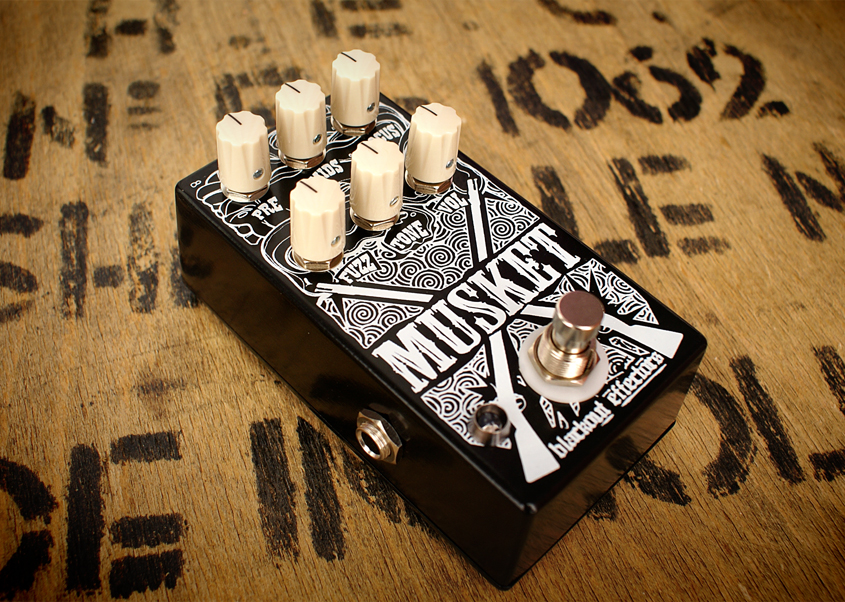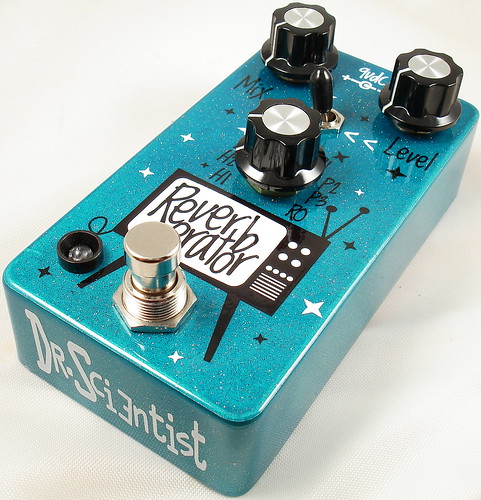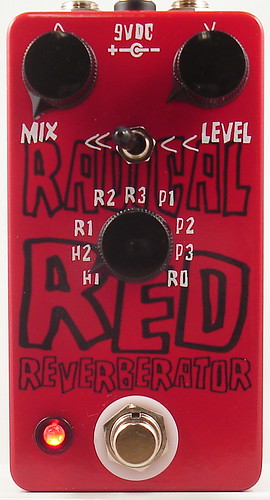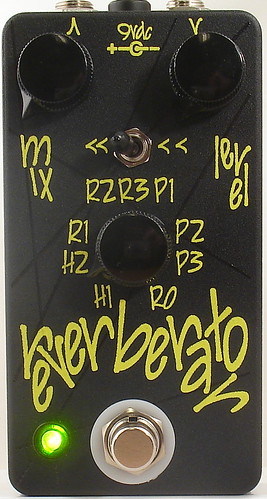
So for the longest time I anguished over the delay that I wanted to go on my pedal board. My first delay pedal was actually a Line 6 DL4. Waaayyy too much delay for a first time user, in my opinion. Too many options and controls that I didn’t fully understand, though, the looper was pretty fun. I eventually narrowed my search down to two dealays; the EHX Stereo Memory Man, and the Boss DD-7 Digital Delay. The Boss was the first of the two that I had the pleasure of owning.
From Boss:
Even with the best-selling delays in compact-pedal history, BOSS continues to push the envelope and innovate. The new DD-7 takes the best features from its predecessors and expands the creative potential with Modulation Delay mode, classic modeled Analog Delay mode, External pedal control options, longer delay time, and more.
- Expanded delay time, up to 6.4 seconds
- Modulation Delay mode offers natural, chorus-type sounds
- Analog Delay mode models the classic warm BOSS DM-2 analog delay sound
- Tap tempo controllable via external footswitch
- Delay time, feedback, and effect level can be controlled via external Expression pedal (sold separately)
- Up to 40 seconds of recording for sound on sound (Hold mode)
Right. I love how full of themselves Boss are. I guess Ampeg or any other company that has been around as long as they have is just as egotistical.
Cool things about this pedal are the construction (obviously, it’s a BOSS), which is top notch and will last for years. Secondly is the feature set. With a pedal like this, it is really amazing how many really neat features are in a pedal of this size. And I’m not just talking about different delay modes either. I’m talking about looping, tap-tempo and a crazy amount of signal routing options, too.
The other knobs on the top of the unit are the Balance control (just a wet / dry blend, no real boost in the signal to speak of). The Feedback knob and the Delay Time knob are the two that control the amount of repeats and the length of the delay time, respectively. My favorite thing about the Boss Digital Delays is that you can send them into self-oscillation madness relatively easily, with just a twist of these two knobs. I LOVE being able to get those oscillation noises. Just remember that A) you can blow your speakers, and B) the oscillation takes a quick second or so to stop, once you have turned the unit off or reset the Feedback and Delay Time knobs to a different setting.
Tap Tempo for me is something that I find that I really NEED in a delay. I’m not sure why, maybe it is because the delay sounds that I am after are the super quick slap-back kind of delay tones, but are much more beat-centric. That is one of the reasons that I was drawn to the DD-7 in the first place as opposed to the DD-3 or DD-6. Unfortunately with the DD-7 the tap tempo is sort of odd. In order to access the internal tap tempo, you have to hold down the foot switch for more than 2 seconds. Some people find that this is easy enough and use it well live. I, however, find it confusing and distracting, because I’m not sure if I’m accidentally going to switch on the delay in the wrong moment of the song, or something like that. The cool thing is that you can attach and external momentary foot switch (like the Boss FS-5U) and have the ability to access the tap tempo feature of the DD-7 on the fly. The only downside to this is that you either have to take up more valuable real estate on your pedal board, or you have to put it on the floor (which works well, btw) and increase your set up time.
Lastly, the looper. It is important to distinguish this feature on the DD-7 as not really a looper, but really a Sample & Hold feature. The loops sound decent, but you can’t really layer more than one or two loops together before they start to degrade. It is neat for playing a lead riff over chords or harmonizing with yourself, but for full featured looping, look elsewhere (like the Boss RC-2, RC-3, RC-20XL, or RC-50).
This is a really neat pedal and I miss the ability to make this bad boy oscillate, but I don’t miss having to set up my tap tempo switch every time we played a show. It takes long enough for me to set up with my head, two cabs, pedal board and bass non-sense. WORTH IT.
